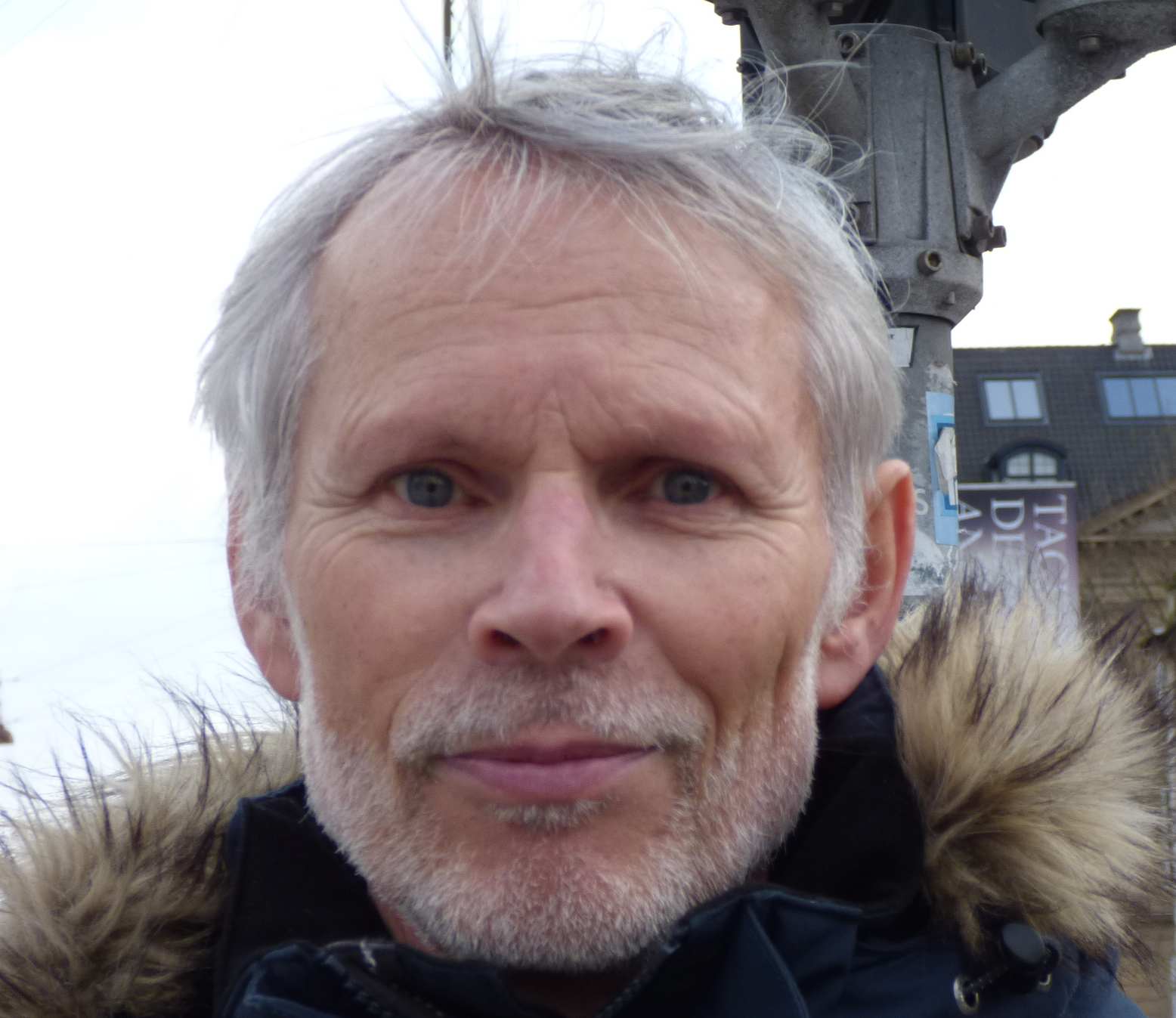Dr Georg-Christian Heygster
Although he is retired, Georg-Christian still works at the University of Bremen, so as to keep pursuing research. He’s been engaged in sea-ice research since the very first satellite-based attempts to measure the sea-ice extent, and has been witness to the evolution of an entire research area.
After studying Physics in Göttingen, Georg-Christian came to the University of Bremen, where he initially worked at the computing centre and later helped establish the research division ‘remote sea-ice sensing’. Since the daily calculations provided by satellites have now become largely automatic, his focus is now on improving analytical methods, checking and refining procedures, and determining which parameters are ready to be presented to the public. His fascination with the polar regions and his joy in seeking to unlock nature’s mysteries are what continue to drive him today, and encourage him to share his expertise.
How has the research area ‘sea ice’ changed since you first began exploring it?
One major milestone was the microwave sensor AMSR-E, which produced data that allowed us to calculate much more accurate, daily maps of the sea ice. In addition, technological developments like high-performance computers and the internet have changed a number of key aspects, like the quantities of data that we can process, which has of course had a tremendous influence on research. We can also now interpret the data much better than in the past, and not only make statements on where there’s sea ice and where there isn’t, but also on the types of ice (i.e., seasonal or multi-seasonal), the thickness of the ice, and the snow covering it.
In your opinion, has society’s awareness of climate research, and especially sea ice, changed?
Yes, and as a result, the context of our work has changed as well. Society is much more aware of climate change and, since sea ice is an important indicator for climate change, the interest in it among society as a whole has grown.
What do you consider to be the role of meereisportal.de in the dialogue between the research community and the public?
It presents an opportunity for us researchers to get in touch with the public, and to share our findings in a way that will also be seen and heard. The purpose of meereisportal.de is to provide, in German, information on the latest developments in sea ice to an interested part of the public. That’s also why I’m so excited about this outstanding joint effort on the part of the University of Bremen and the AWI.
My personal hero is …
Albert Schweitzer. He’s a personal favourite, because on the one hand, he did a great deal for humanity; on the other, he was a real music lover, a passion we have in common.

